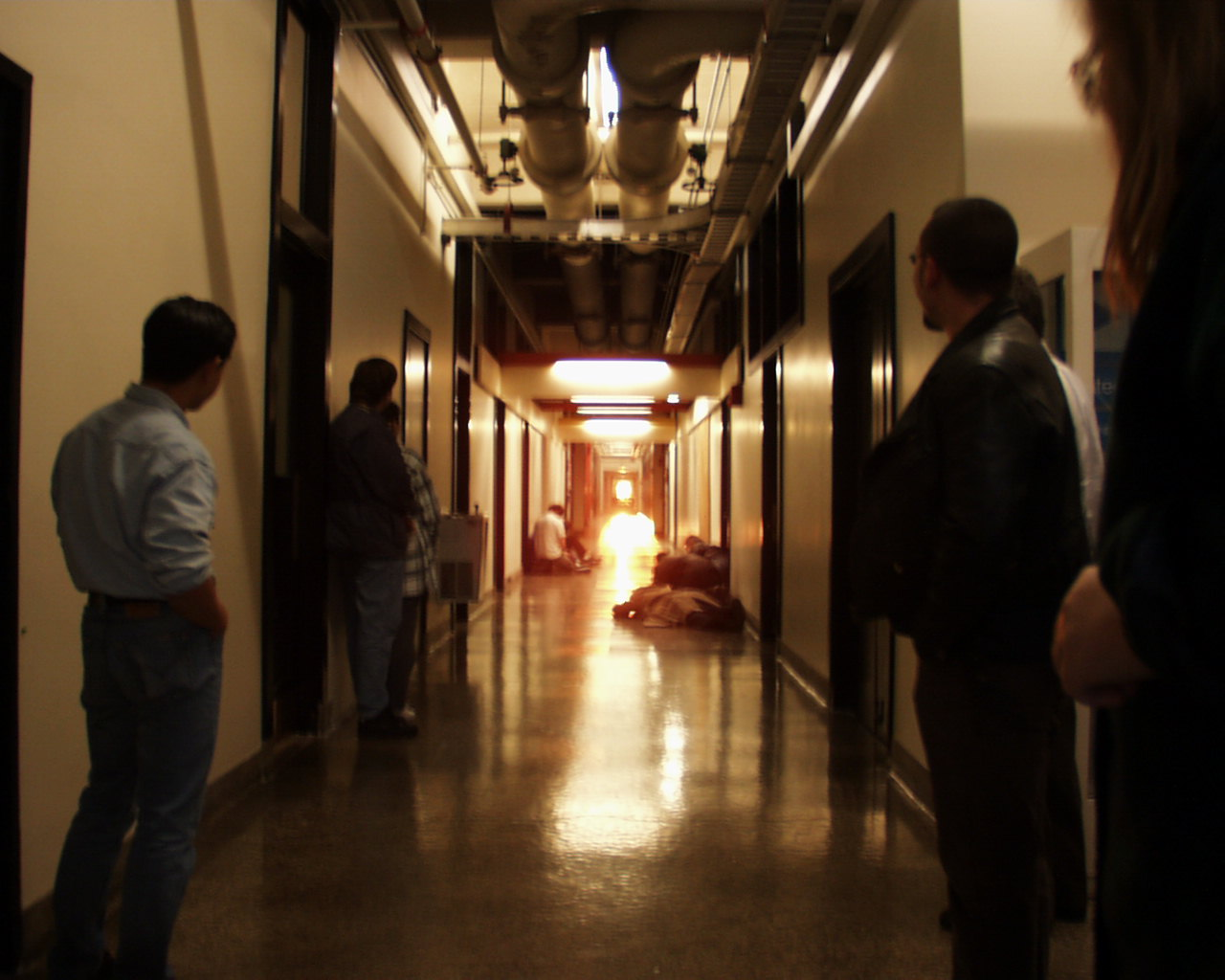
Navigating MIT
How I learned to stop worrying and love the maze
When I first got into MIT, I was surprised. Then I felt a rush of excitement, and at last a sense of dread at the immense task in front of me. Getting a PhD is a gruelling endeavour that can test anyone’s intellect, drive, and sanity. So I knew I would face no shortage of challenges during this long process. However, when I finally arrived in Cambridge last August to begin working, the greatest challenge was one that I had not expected at all. I knew I would have to deal with creative blocks, energy slumps, and bewildering problem sets – but those were all peanuts compared to the greatest challenge that I found myself facing: finding where everything is on campus.
On basically every other college campus in the world, buildings are named either after a person or a subject. For example, my undergraduate campus at Rice University had buildings like “Rayzor Hall” or “Humanities Building”. All very simple, and even a lowly freshman could quickly glean what classes and labs belong where. The other benefit that many campuses have is navigability. Even if it’s not in a well-laid out grid, you can find your way to any building just by putting it into Google Maps. Both these factors make finding any room on campus relatively easy and stress free – a welcome relief to the otherwise busy and stressful academic lifestyle.
Here at MIT, things are on the ‘maximum difficulty’ setting, most of all finding your way around campus. Not wanting to waste time by uttering such long names like “Chemistry Building” or “Jones Hall”, MIT instead names their buildings in a particularly Orwellian way – by giving them numbers.
Many of these numbered buildings simply do not show up on Google Maps, turning navigation around the otherwise pleasant campus into a massive headache. How am I supposed to know that Building 26 is adjacent to Building 36, but Building 35 is not? Signs would be lovely MIT, thanks. The numbering system earned a lifelong enemy in me when, meeting my advisor and boss for the next 6 years, I nearly showed up late to our very first meeting. Not to mention the many other lectures, classes, and meetings that I have anxiously scrambled to find in these labyrinthine corridors.
Despite my disdain for MIT’s awful navigability, after getting a rough understanding of how to get around, I gained a cautious appreciation for some of the benefits of this unique campus. The most obvious benefit of this tangled web of buildings, and I think most people here would agree with me, is that you can get to most of the buildings without ever stepping foot into the cruel and indiscriminate phenomenon best known as the Massachusetts winter. This is all thanks to the many hallways and corridors that crisscross campus, allowing one to get from Buildings 32 to 3, 5 to 8, or even 10 to 26 in short sleeves in the dead of January. The most famous of these storied hallways, of course, is the Infinite Corridor. Starting under the Great Dome of building 10, the corridor is so long that I am unsure of where it stops, but it probably goes to somewhere in New Hampshire. The sheer length of the Infinite Corridor gives rise to a twice-yearly phenomenon unique to the Institute known as MIThenge. Much like the more famous Stonehenge Solstices and Manhattanhenge events, MIThenge occurs when the setting sun, blazing in its red-orange glory, lines up perfectly with the window at the beginning of the Infinite Corridor, creating a near-perfect framing of the sunset. After a confusing day of navigating this twisted campus, thinking of new ideas, and debugging code, seeing the wonderful, infinite sunset makes it all worth it.

Share this post:
